Once on the mission, individuals will participate in simulated activities and scientific work, eat like astronauts, handle maintenance and equipment failures, and undergo rigorous psychological and physiological testing.
The simulation will begin in June. Two more tests will be conducted with different groups of people under the same conditions. The final simulation will begin in 2026.
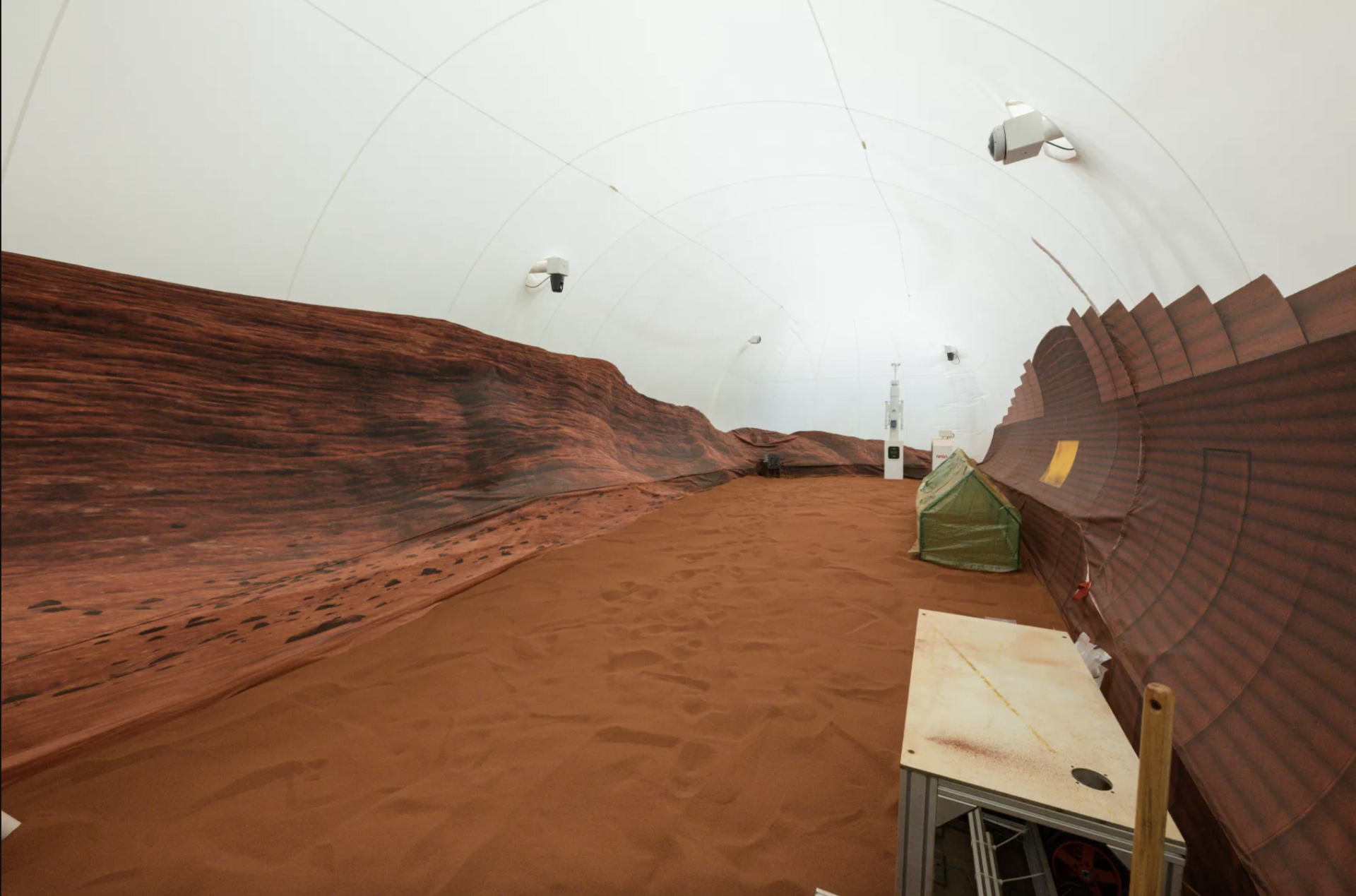
The area used for simulated spacecraft. (Photo: Bill Stafford/NASA)
Scott M. Smith, CHAPEA researcher, said NASA has created a highly accurate Mars surface mission scenario. Participants will experience a 22-minute communication delay in space, just like astronauts on Mars. Mars space sounds will be played through speakers around the base, ensuring participants cannot hear outside sounds.
The base's layout features a work area, a living and kitchen area, private bedrooms, bathrooms, a medical area, a communications center, a gym, air vents, and an “outside” area that simulates the Martian surface.
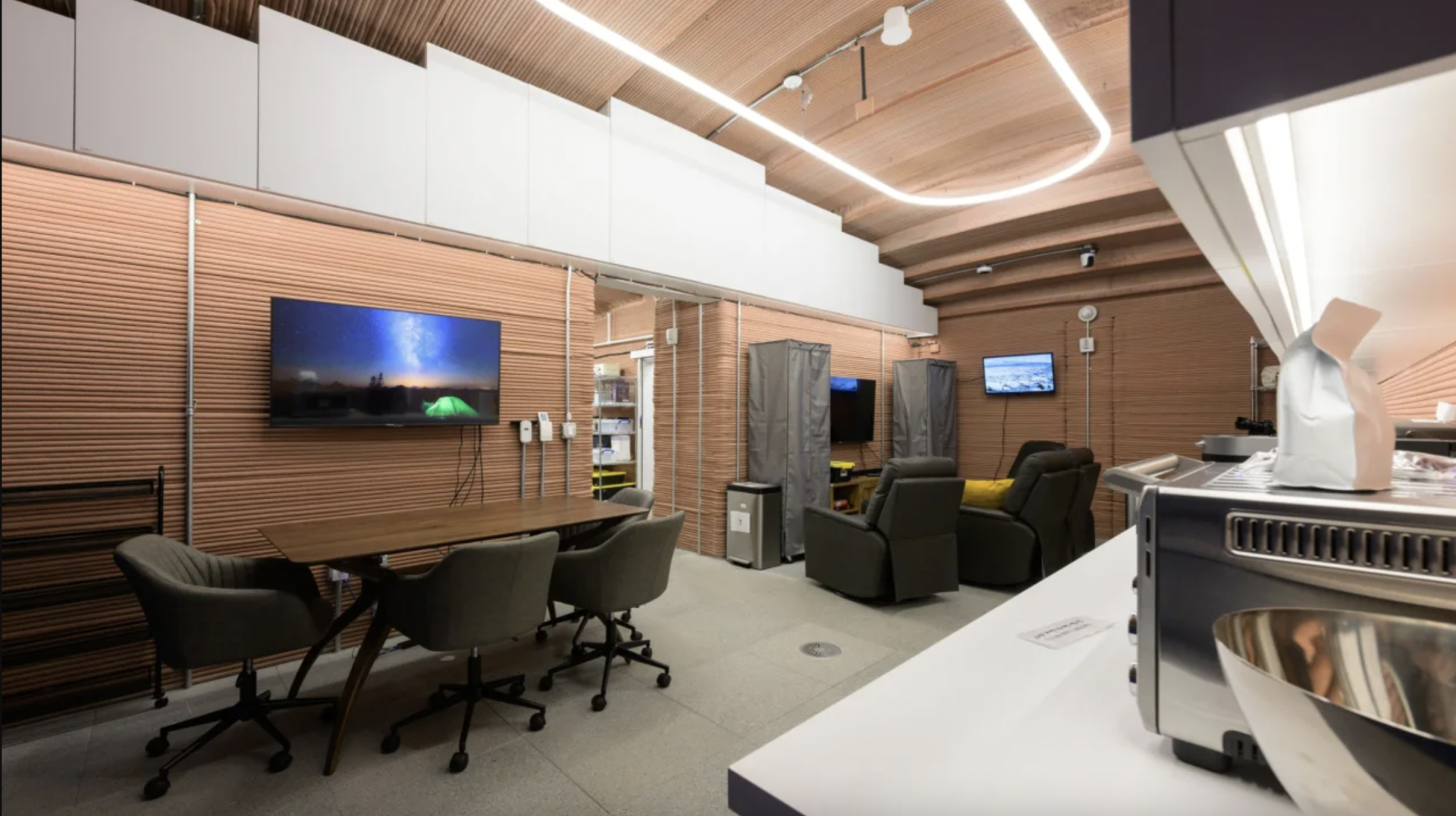
Chapea's kitchen and crew quarters. The four participants will spend 378 days inside the 1,600-square-foot base. (Photo: Bill Stafford/NASA)
For more than 12 months, this nearly 160 m2 space will be the living and research place for all CHAPEA project crew and engineers and scientists.
There are currently four “serious risks” to Mars missions, Mr. Smith shared: “radiation, SANS (Spaceflight-associated neuro-ocular syndrome, swelling of the eyeballs that affects the majority of astronauts during long periods in microgravity), crew behavior and performance, and food and nutrition.”
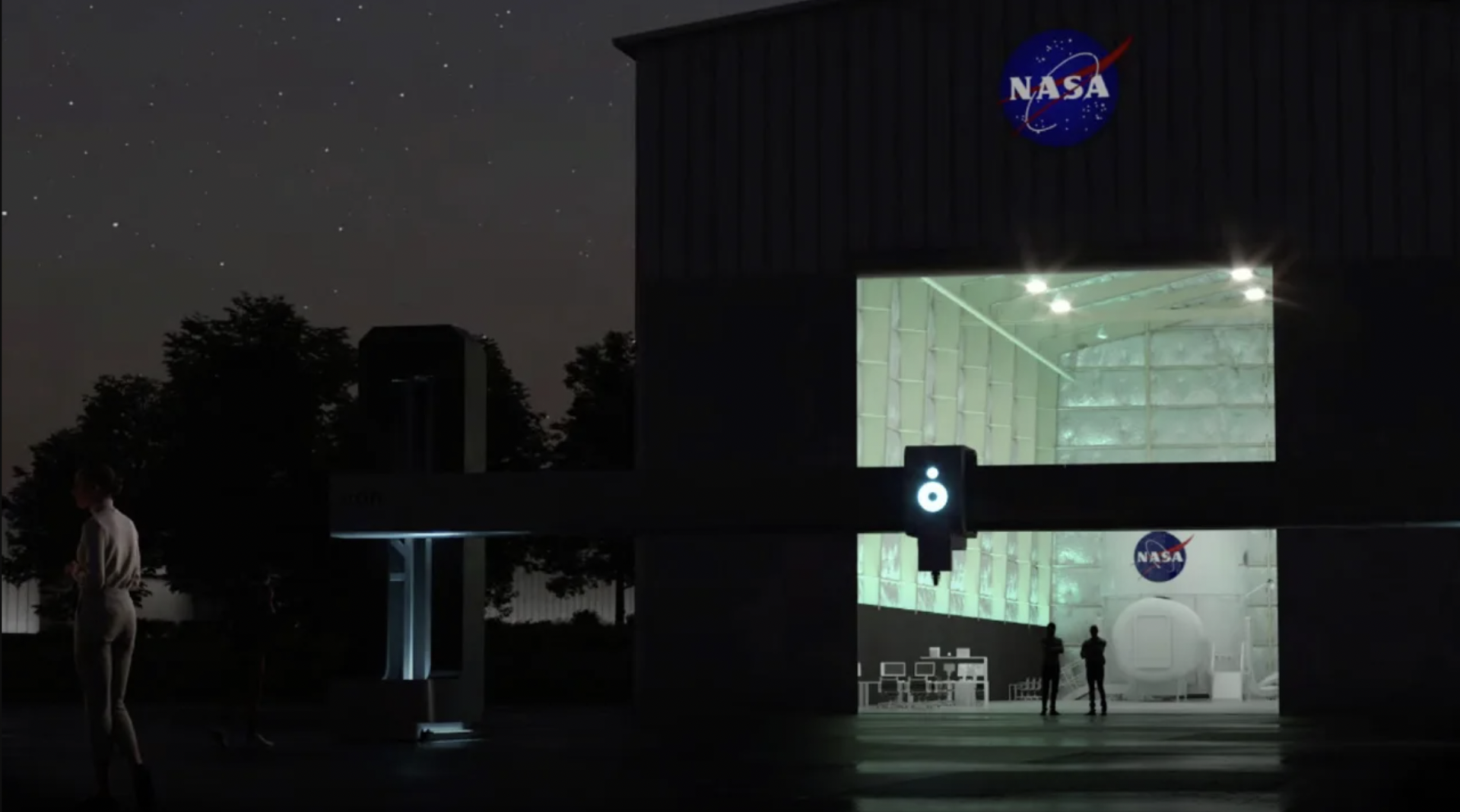
A billboard at the Johnson Space Center in Houston, Texas, during construction of the Chapea base in 2021. (Photo: ICON)
While the simulator won’t be able to test the effects of radiation and reduced gravity (Mars is about 38% of Earth’s), CHAPEA’s main goal in testing is to assess human health and performance. A big part of that is testing the effects of a Martian diet over a long period of time.
The journey to Mars is estimated to take 6-9 months. A manned vehicle will deliver food to Mars before humans, meaning it will need a long shelf life. “The food that is being delivered has a shelf life of about 5 years. Filling the cupboards with enough food to sustain life for the next 5 years is a challenge,” Smith explains.
Inside the simulator, the crew will eat the same rations as on the ISS, though they won’t have the option to choose the percentages of their meals, like current astronauts do. Participants will also grow vegetables using hydroponics – both for psychological and nutritional benefits, Smith added.
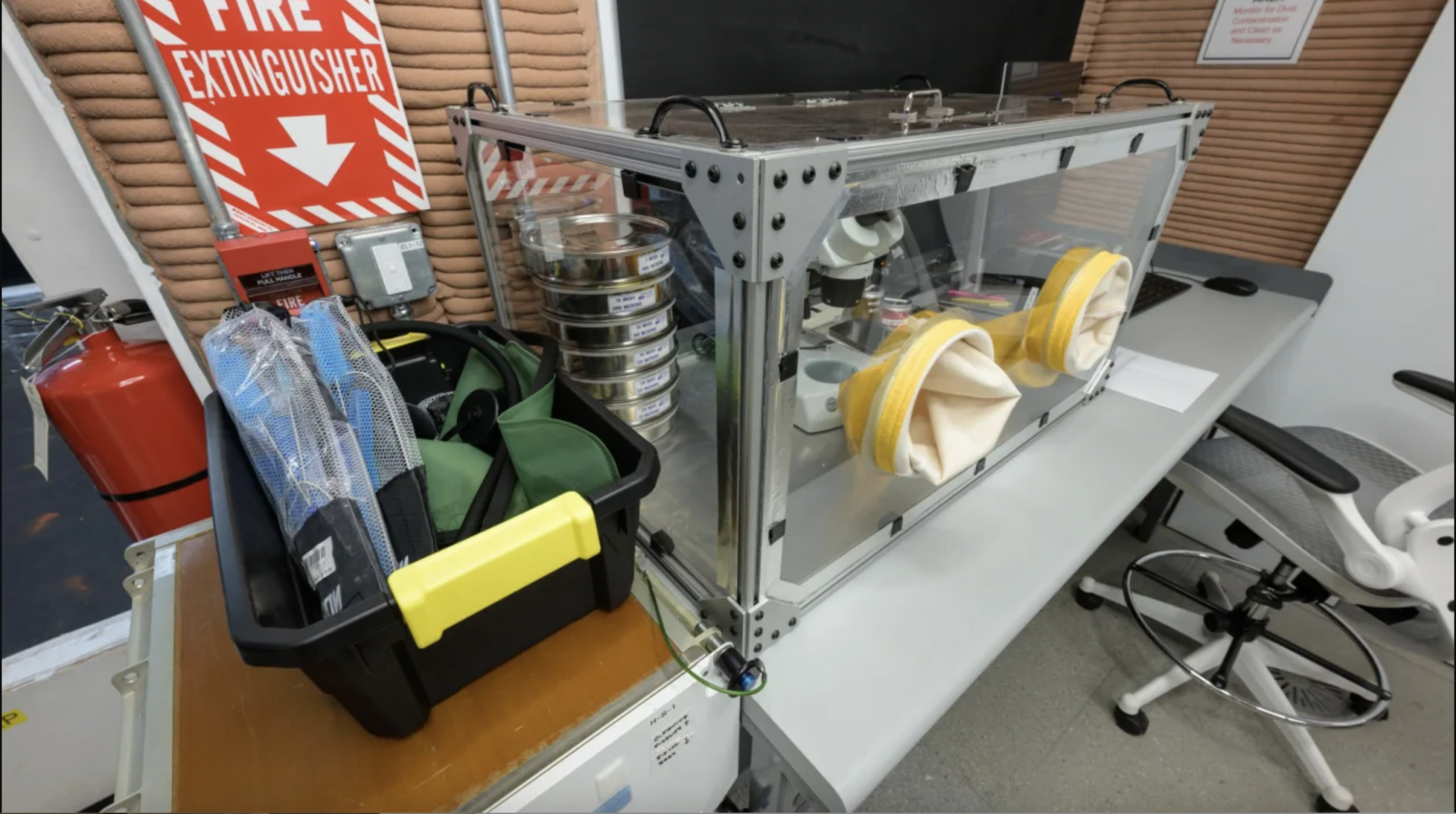
Laboratory equipment inside the CHAPEA habitat. The crew will conduct scientific simulations and perform numerous tests.
The crew will undergo blood, urine, saliva and stool tests, have their behavior monitored and their physical performance measured. Body mass and composition, nutritional status, immune system function, cognition and microbiome will all be assessed. “We’re basically looking at all the physiological factors,” Smith said.
“It takes a certain level of dedication to be willing to spend a year on a trial,” he added. “Not everyone is suited to this task.”
Source


![[Photo] General Secretary To Lam received the delegation attending the international conference on Vietnam studies](https://vphoto.vietnam.vn/thumb/1200x675/vietnam/resource/IMAGE/2025/10/26/1761456527874_a1-bnd-5260-7947-jpg.webp)
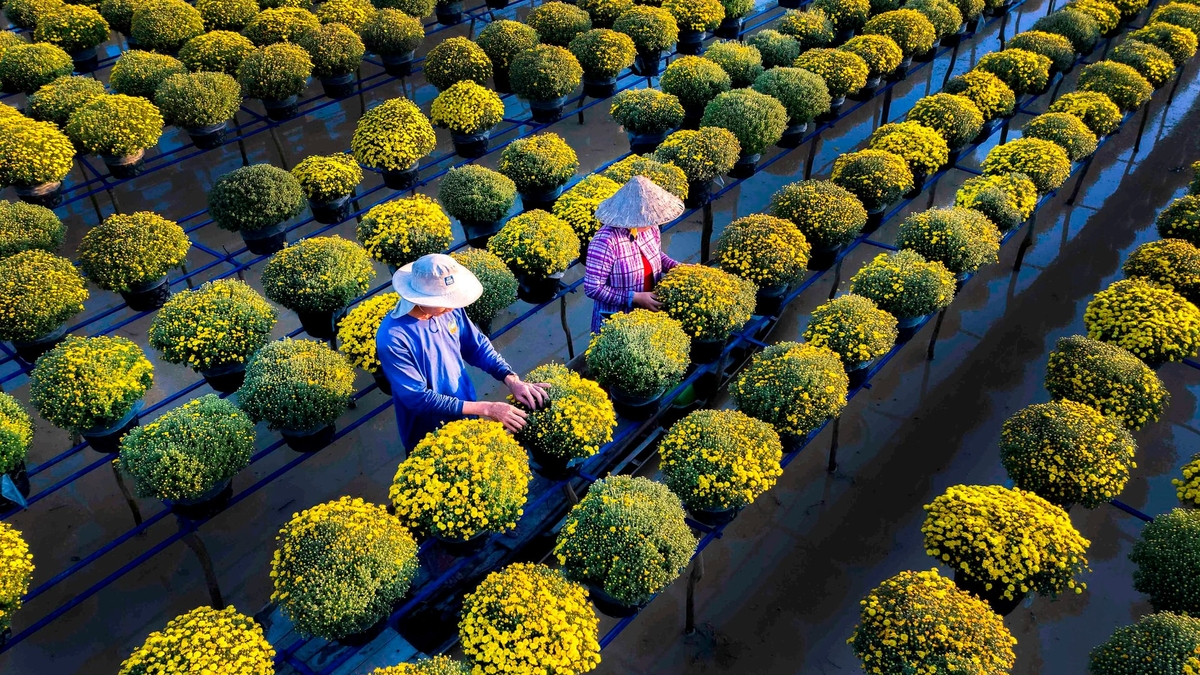
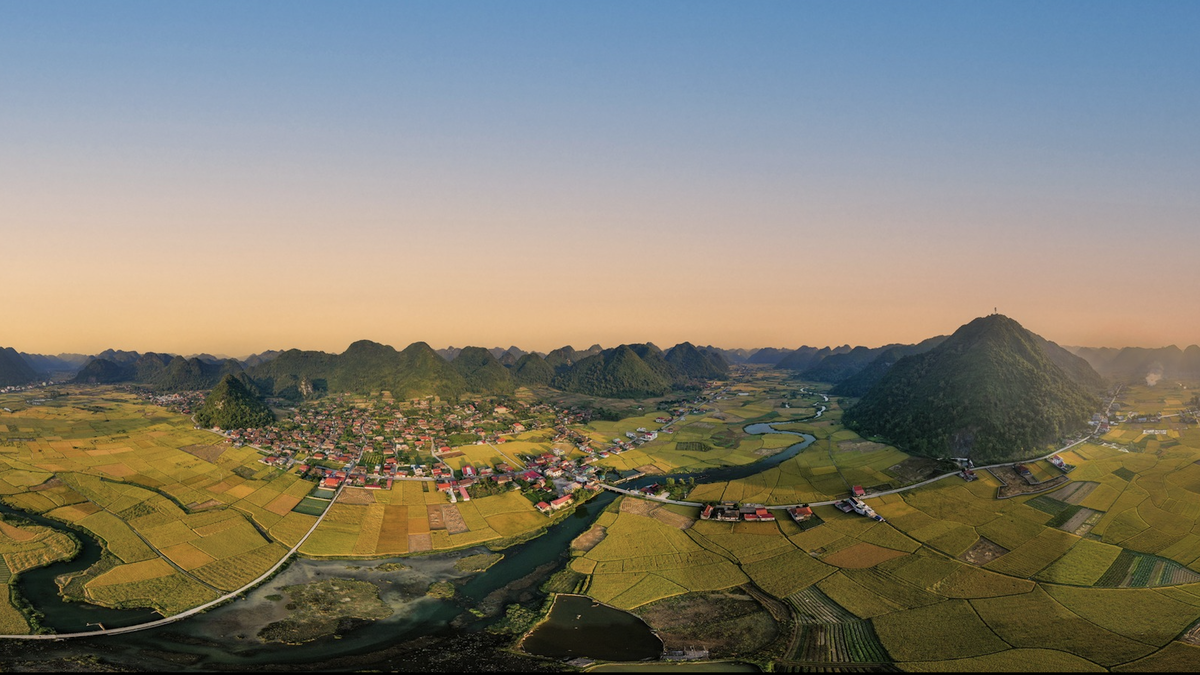
![[Photo] Enjoy the Liuyang Fireworks Festival in Hunan, China](https://vphoto.vietnam.vn/thumb/1200x675/vietnam/resource/IMAGE/2025/10/26/1761463428882_ndo_br_02-1-my-1-jpg.webp)
![[Photo] Nhan Dan Newspaper displays and solicits comments on the Draft Documents of the 14th National Party Congress](https://vphoto.vietnam.vn/thumb/1200x675/vietnam/resource/IMAGE/2025/10/26/1761470328996_ndo_br_bao-long-171-8916-jpg.webp)






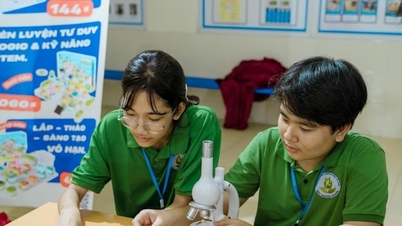

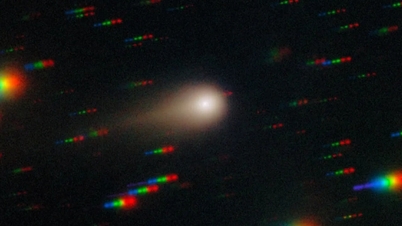




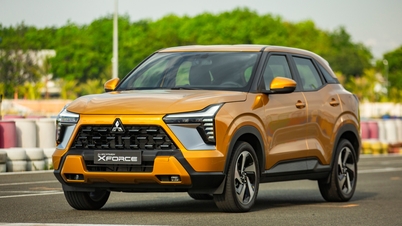
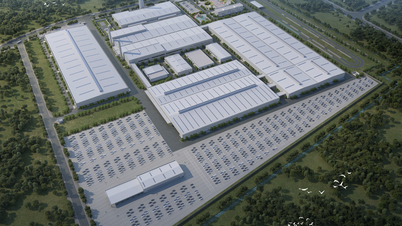



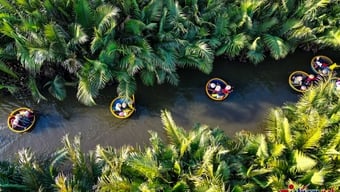

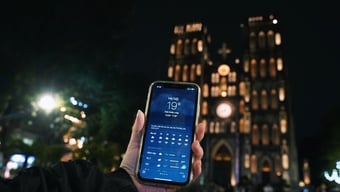






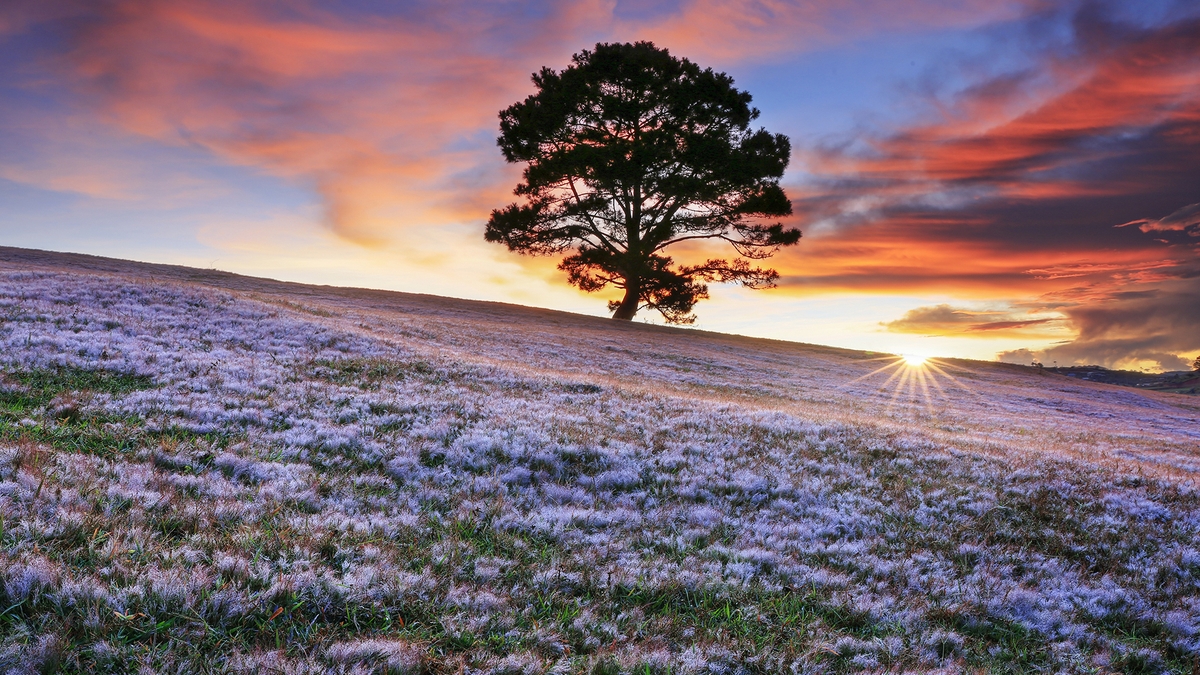
![[Photo] Prime Minister Pham Minh Chinh attends the opening of the 47th ASEAN Summit](https://vphoto.vietnam.vn/thumb/1200x675/vietnam/resource/IMAGE/2025/10/26/1761452925332_c2a-jpg.webp)
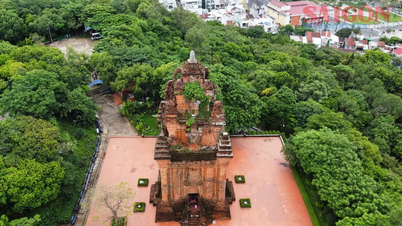





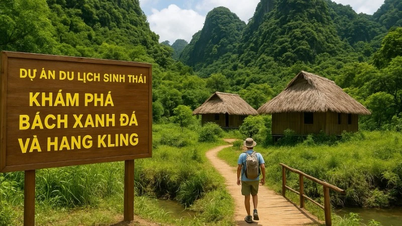








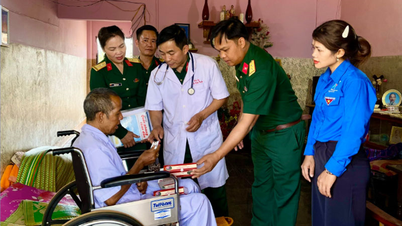

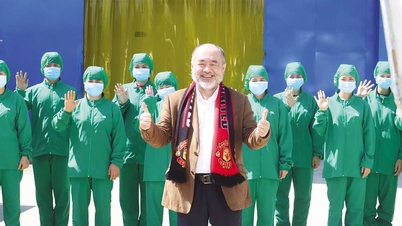








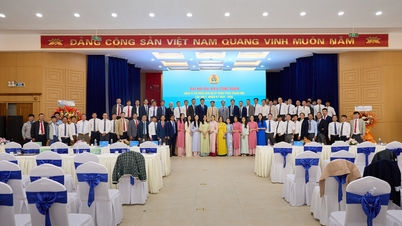


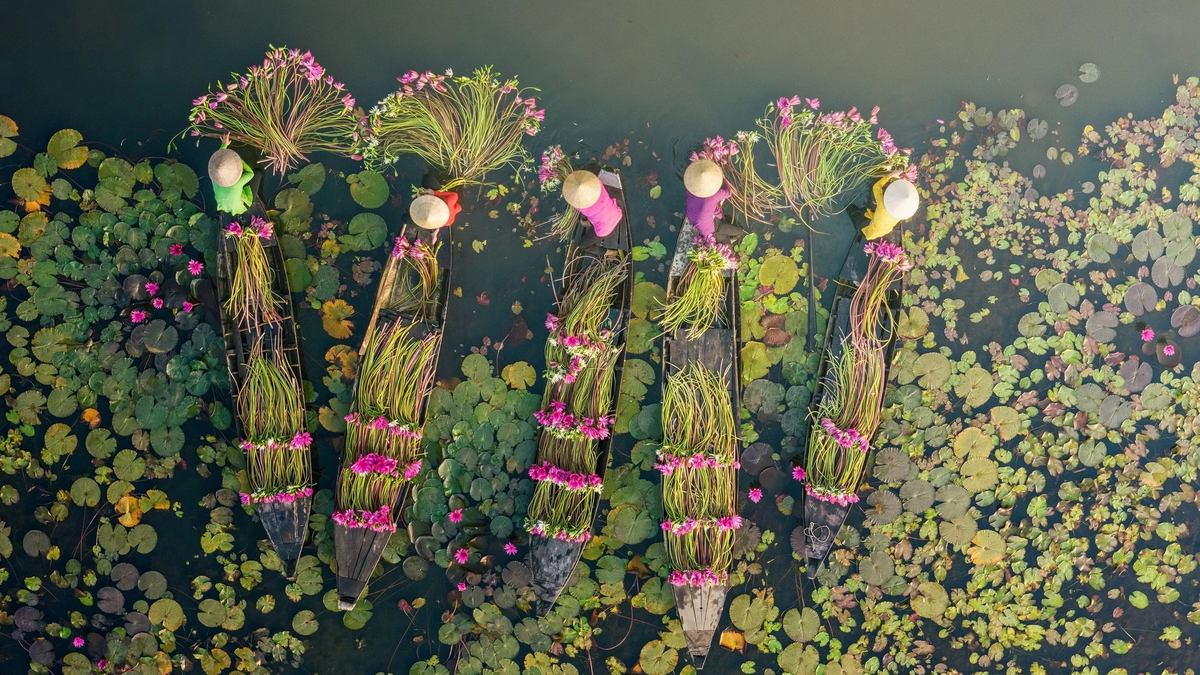
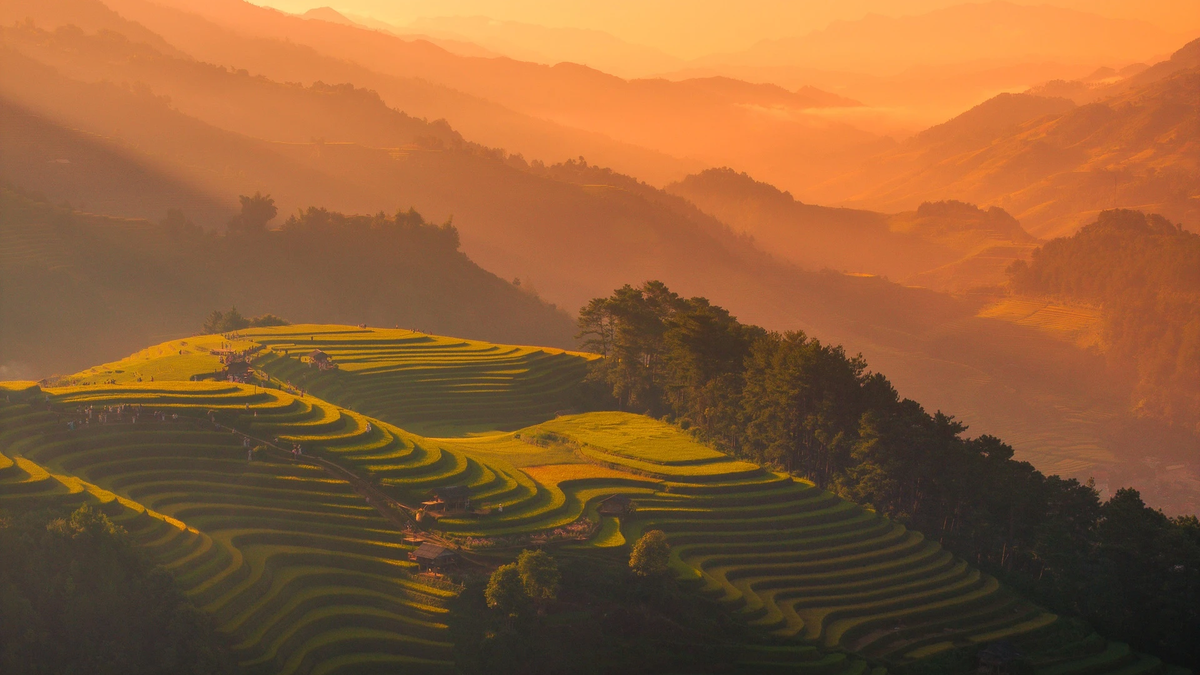
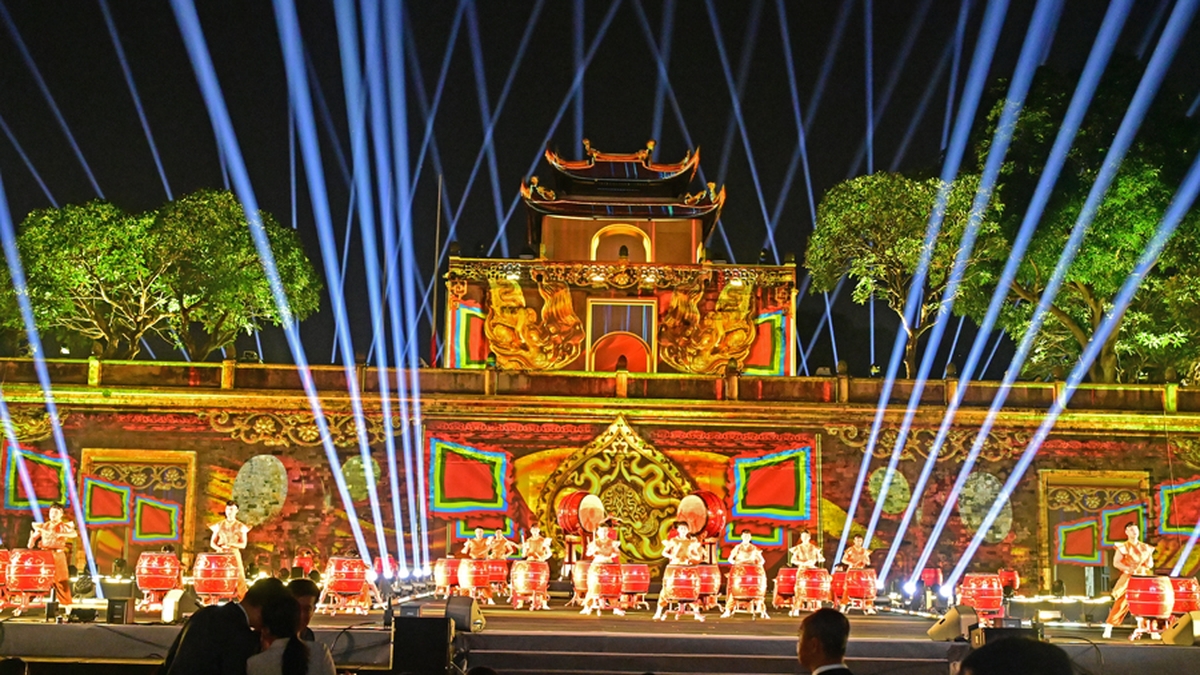

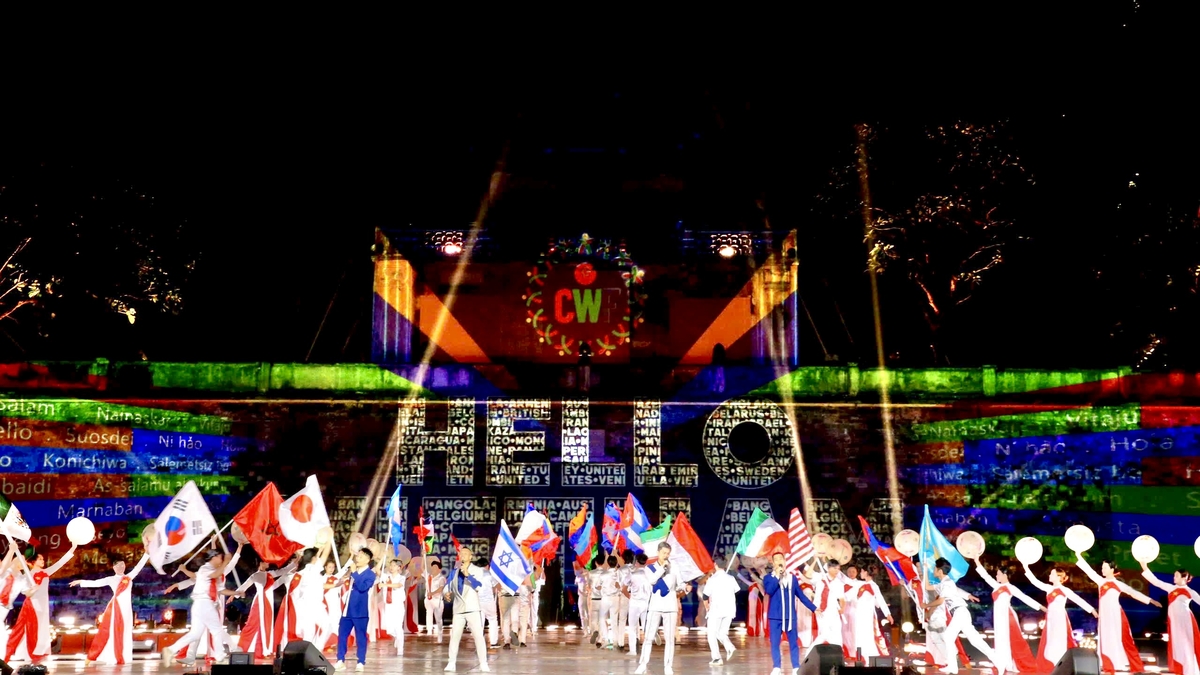


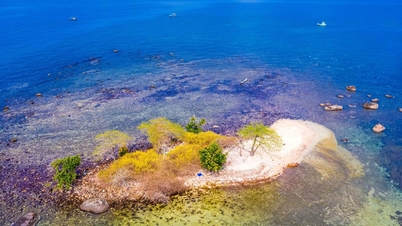



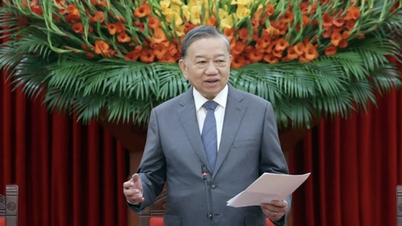






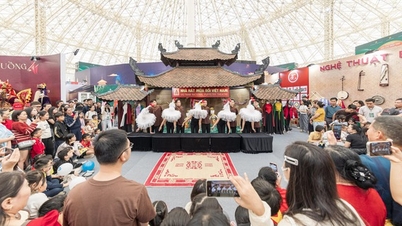


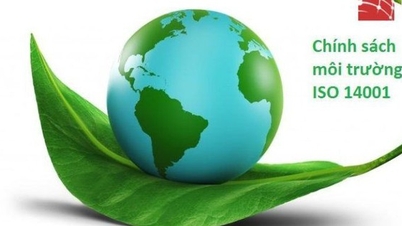
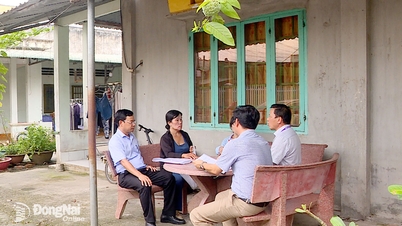

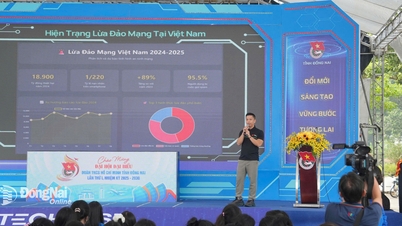



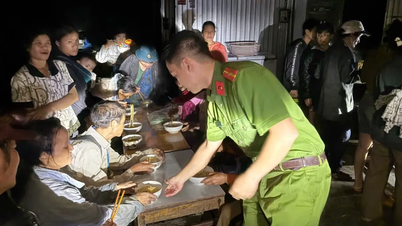














Comment (0)